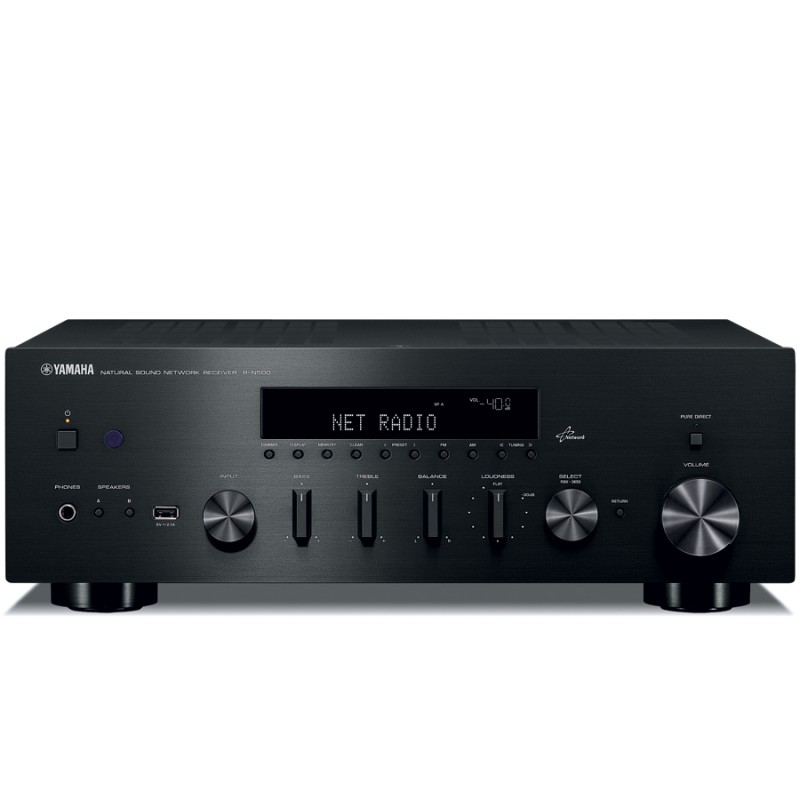

For example, with seven channels of onboard amplification but a total of nine speaker connections, you can set up a rig that handles both 7.1 surround and 5.1.2 Dolby Atmos with added height speakers, and then let the receiver automatically select the appropriate speakers to use based on the source material being played. Yamaha made some bold decisions to get there with the RX-V6A. The goal for any mid-priced receiver is to deliver a big dose of the features you'd expect from a fancy flagship model, but at a more reasonable cost. The RX-V6A shows a lot of this type of planning, with several highly anticipated features promised through upcoming firmware updates. It's also important to be forward-thinking and anticipate what future tech developments are headed down the pike. The main power switch, a 1/4-inch headphone output, A USB type-A port, and a socket for the supplied YPAO room correction microphone round out the front panel's feature set.ĭesigning a $600 A/V receiver is a delicate balancing act where you have to determine the best blend of performance and features to meet the needs of users. A row of hidden touch switches running along the lower edge gives instant access to programmable scene settings and other minor controls. No display is visible until you turn on the power, when an LCD display screen lights up. A huge central volume knob dominates the front, with a smaller multi-function knob on the right side. Launched with just two models, the RX-V4A ($440) and the subject of this review, the RX-V6A ($600), these all-new receivers offer a fresh design aesthetic, with just two major controls visible on the shiny black plastic front panel, which has rounded side corners to soften the look. That's where Yamaha's latest mid-priced RX-V receiver line comes in.

But there eventually comes a point where the only practical way forward is to start fresh with a clean-sheet design. How many people know that the A/V receiver manufacturers do pretty much the same thing? Much like a car, an A/V receiver is built on a platform, one that can be upgraded and modified over time as new features are added. Honda, for example, brings out all-new versions of its models every four to five years, and it makes smaller upgrades and improvements in the years between the big changes. The big car companies refresh their lineups on a pretty regular schedule.


 0 kommentar(er)
0 kommentar(er)
